The Long Tradition of Folk Healing Among Southern Appalachian Women
Whether their practices are rooted in the Bible, Mother Nature, or common sense, there’s no denying that there’s something enchanted in it.
Decked head scarf to sandals in black, Byron Ballard leans back against the podium and begins instructing the standing-room-only crowd on the varied uses of elderberry, vervain, and mugwort.
“Put it in some booze,” she says, and you’ve got yourself an elderberry tincture that can help fend off any number of nasty coughs and colds. It’s not native to the area, says Ballard, but vervain can act like “rocket fuel” for any magic or healing work you’re trying to do. And mugwort? Put the leaf inside your pillowcase, she says, to help promote lucid dreaming.
All manner of Southern magic practitioner has gathered at the Crowne Plaza Hotel in Atlanta for a breakout session of the 2017 Mystic South Conference. In this room, Ballard, an author and the self-proclaimed village witch of Asheville, North Carolina, is giving her rapt audience a crash-course in Southern Appalachian folk magic.
Equal parts paganism, down-home Protestantism, and stubborn Southern practicality, Ballard’s is a specific manifestation of a long-standing Appalachian folk healing tradition that combines an intimate knowledge of the land beneath her feet, a few recited prayers and charms, and a couple of everyday items that she likely picked up at her local corner store: salt, twine, marshmallows, and mason jars.
Ballard’s pagan practices may have actualized later in life, but the roots of it are deep and familial, a passed-down gift from generations of Appalachian mountain women—her great-grandmother was a local healer, and her grandmother was a self- and community-identified witch that possessed a gift for precognitive dreams. Out of necessity and pragmatism, women, like those in Ballard’s family, used what they had on hand to cure ills, tend to the dying, and deliver babies in their communities.
By Ballard’s own definition, it’s medicine and midwifery, omen-reading and weather-working. It’s using “keen observation, common sense… and folkways to affect change.”
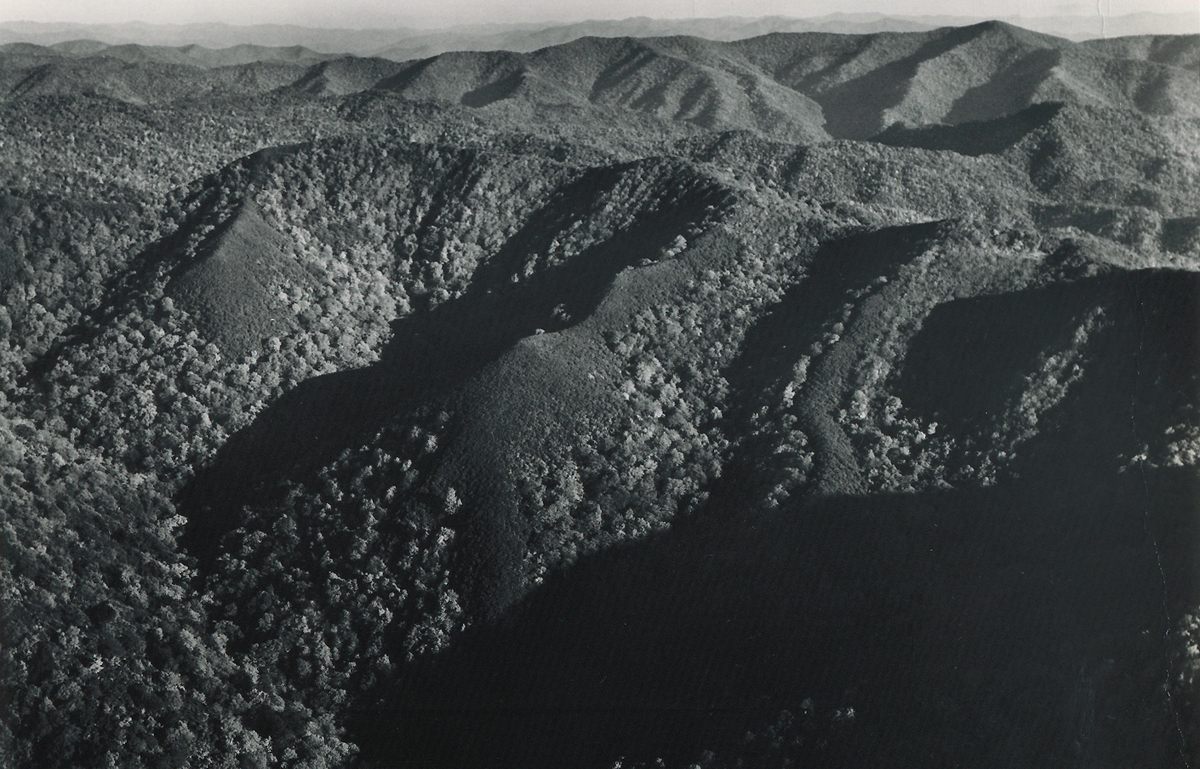
Appalachian folk healing goes by many names, depending on where it’s practiced in the region and who’s doing the practicing: root work, folk medicine, folk magic, kitchen witchery. Ballard dubs her own practice hillfolks’ hoodoo, and some Southern Appalachian natives would never think to call it anything but the work of the Lord.
Regardless of naming conventions, Southern Appalachian folk healing modalities—using plants, prayers, herbs, and dirt to heal illnesses, ward off evil, and protect the home—reflect the vibrant cross-section of people who initially inhabited the area from West Virginia down into Mississippi.
The first people to employ the use of natural Appalachian resources, coupling them with spiritual prayer and ritual, were the Cherokee and Choctaw. In “A Modern Appalachian Folk Healer,” Edward Green discusses how influential this indigenous knowledge was to the education of Clarence “Catfish” Gray, one of West Virginia’s most well-known folk healers.
“Catfish relates that his ancestors learned much of their herbal medicine from local Indians,” Green says. “And it was an Indian from North Carolina that gave Catfish real faith in the curative value of herbs…”
The Scots-Irish, Ulster Scots, and English—rural people who carried with them a reverence for nature and understanding of medicinal plants from the Old World far predating modern medicine—came later. Upon their arrival, they fused these Native American methods with their own.
This early European arrival to the New World South also coincided with Europe’s religious transition to Protestantism, a conflict that led to the violent persecution of people who did not adhere to prescribed, Christian religious practices.
Religious xenophobia saw many non-Protestants classified derogatorily as witches and persecuted, though many were simply lay healers, practitioners of herbal medicine whose philosophies were rooted in a spirituality that venerated nature instead of a single monotheistic deity. A few historians have speculated that these potentially pagan practitioners—a word with Latin roots simply meaning “country dweller,” which later evolved into the word “paganus,” and eventually became “heathen” in Christian Latin—went underground or fled to the New World, where their methodologies could have been suppressed or absorbed by Christianity.

Indeed, one of the unique characteristics of Southern Appalachian folk magic or healing is the way it combines all of these elements. “Like everything else in the South, there’s a combination of European, African, and Native American influences,” says Sara Amis, Southern writer, instructor at the University of Georgia, and practicing pagan.
According to T.J. Smith, Ph.D., folklorist, and executive director of the Foxfire Museum and Heritage Center in Mountain City, Georgia, however, many mountain healers practiced their folk medicine through a strictly Protestant lens, believing they were fulfilling a duty as Christ-followers to help those in need. Some, he says, would even balk at the notion that grinding herbs to heal a sore, performing a ritual bath, or saying a prayer or chant to cure a burn was connected in any way to pagan practice or ideology. They believed that their ability to use plants and prayers to heal the sick was a gift from the Divine.
Amis doesn’t disagree.
“Most of the people [in Appalachia] who do this are Christian,” she says. “But their approach to Christianity is very animist. To them, spirit is very present in the world—it’s present in the rock, so they go and pray to the rock, or they pray at the rock if someone is sick. That is something that I [as a pagan] can relate to.”
There were other Appalachian folk healers that saw no connection between the healing work they did and any religious practice at all. Using elderberry from the yard to cure a cough or catnip tea made by your neighbor to fight the croup was simply common sense.
“Their understanding of these things came out of necessity,” says Smith. “They were forced to be very pragmatic and self-reliant,” two of Appalachian culture’s foundational tenets.
Still, it’s not a huge leap of logic to make the connection between Old World European pagan philosophies and the characteristics of folk healing, as pointed out by Bonnie O’Connor and David Hufford in “Understanding Folk Medicine.” Such characteristics include an interconnectedness of body, mind, and spirit; elements of the mystical or supernatural; treatment of illnesses using ritual baths, cleansings, or offerings; a presumption of the highest goodness of nature; the recitation of spoken or written charms or prayers; and being born with a special mystical ability to heal.
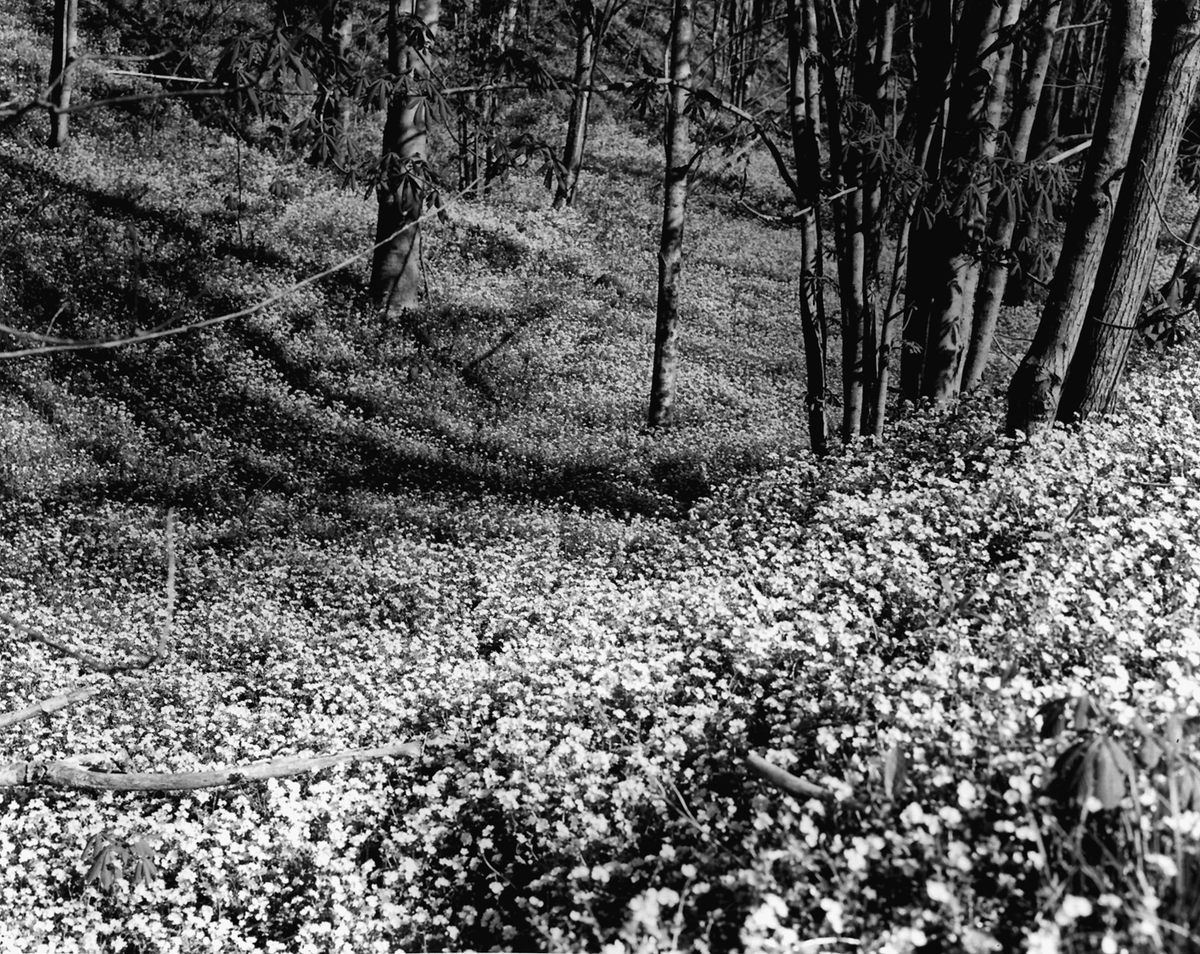
“Most of th’old womens in those days smoked cobb pipes. You’d see [them] comin’ down th’highway smokin’ a cobb pipe with that little black bag in [their] hand.”
These women, like the ones mentioned above by Beulah Perry, a Southern Appalachian native whose interview was archived by the Foxfire Museum and Heritage Center, were staples in Southern Appalachian communities. The healing work they did—curing the sick, tending to the dying, and seeing women through labor and delivery—stands as some of the primary functions of folk medicine.
“A granny woman was probably a midwife, but not all midwives were granny women,” says Amis.
Like an Appalachian midwife, a granny woman would employ plants and herbs to help a woman through labor and delivery, but unlike a typical midwife, she may also recite a protective charm or chant to help ensure the health and survival of mother and baby.
Families in Appalachia were often far removed from doctor’s offices and hospitals at the nearest urban city centers, and cut off from the closest neighbor by the region’s rugged topography. The male physicians who would come to more remote Appalachian communities often charged fees for their services that many families couldn’t afford.
Midwives, granny women, and “neighbor ladies” were critical in closing this gap of care. They received no formal medical training but were considered indispensable in their communities, working for barter rather than a monetary fee. They acted as obstetricians, pharmacists, herbalists, and nurses to Appalachian families. According to Foxfire’s archived interviews with women like Perry, they were also more trusted, and considered more effective, than city doctors unknown to the community.
Prior to the 20th century, a time when pregnancy and childbirth presented serious risk to maternal health, these powerful Southern Appalachian women were the primary healers, using passed-down knowledge of regional botanica, along with divination and prayer, to ensure the health of those in their charge.
“[Women] were pharmacists, cultivating healing herbs and exchanging secrets of their uses,” says Barbara Ehrenreich and Deirdre English in the book, Witches, Midwives and Nurses: A History of Women Healers. “They were midwives, travelling from home to home and village to village. For centuries, women were doctors without degrees, barred from books and lectures, learning from each other, and passing on experience from neighbor to neighbor and mother to daughter.”
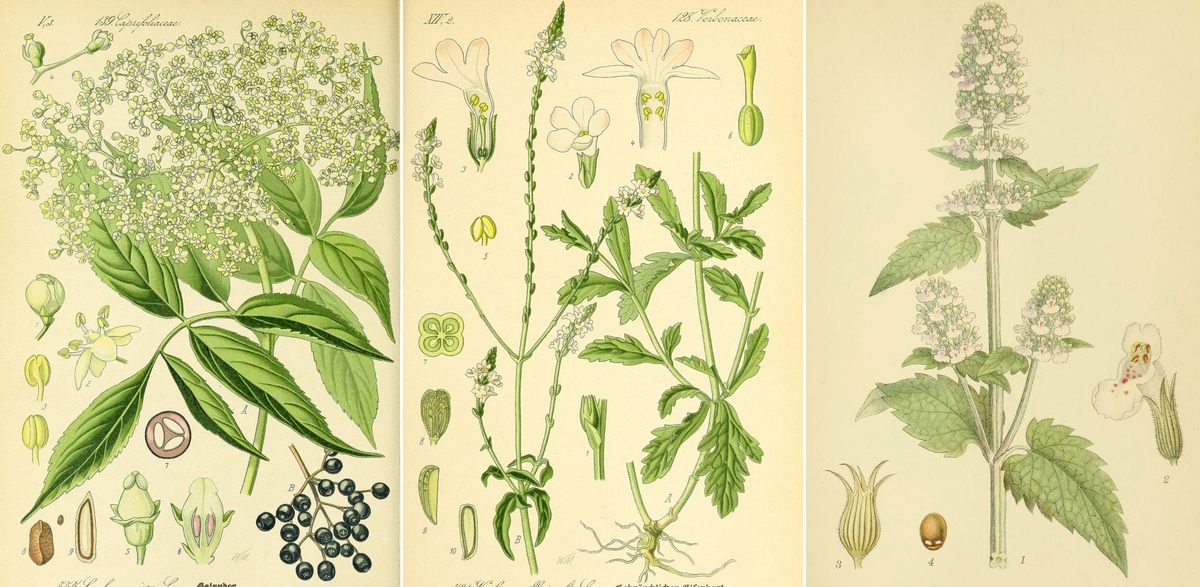
These women knew that catnip tea or red alder tea kept infants from getting hives. They prescribed stewed down calamus root to help soothe colic. They put sulfur in the soles of shoes to help ease flu symptoms. And if someone came to them with a bad burn, they knew that blowing smoke and chanting the right words could talk the fire out.
Ballard learned about the burn spell from generations of women in her family and community. In her book Staubs and Ditchwater, she says, “they didn’t call it a spell. It was just the words you said if somebody had a bad burn, and then the burn got better… It wasn’t fancy. It didn’t require a special outfit or special ritual tools.”
Indeed all it required, according to Ballard, was repeating the following chant three times while making a counter-clockwise motion with her hands over the burned area without touching it.
“Come! Three angels from the North
Take both fire and frost.”
The language in this burn spell is another example of the unique way mysticism and Protestant Christianity overlap in Appalachia, but to Ballard, and the women who practice this type of healing, it’s just a down-home witchcraft, something that comes naturally and uses materials at hand, “based on generations of living close to the land and being poor and making do.”
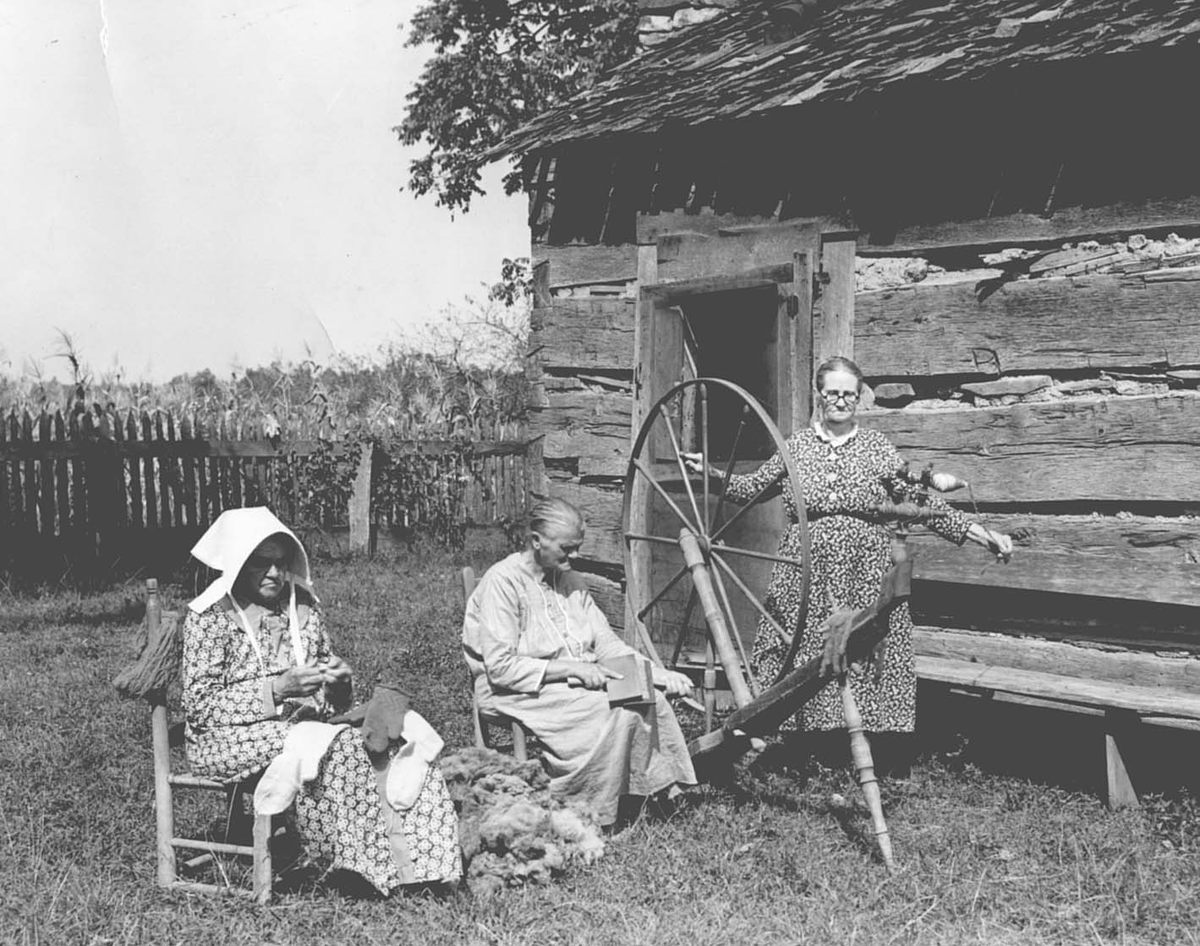
“These people were ingenious and incredibly pragmatic, practical thinkers who had an understanding of their land and their world that far outreaches anything most of us could claim today,” says Smith of Southern Appalachians. “They were resolute in their stubbornness for living. And just because… they may have been isolated for most of their lives, they were still incredibly intelligent, and contributed a great deal to the American story.”
That pragmatism, that resiliency and fortitude have helped the people of Southern Appalachia preserve healing folkways that are as old and deep as the region’s fogged-soaked valleys and hills. Theirs is a land-proud culture that holds fast to its traditions, ones that are still being practiced in all new manifestations today, if the Mystic South conference is any indication.
And whether it’s rooted in the Bible, Mother Nature, or good, old-fashioned common sense, there’s no denying that even now, there’s something enchanted in it.
“Our people don’t always call this magic,” says Amis. “And they don’t always call it witchcraft. It’s just what you do. If you grow up in the South, it is everywhere. But people don’t always name it, not even among themselves.”
*Update 11/27: This post previously identified the plant in the first photograph and the botanical illustration as elderberry. These images depict elderflowers and elder, respectively.

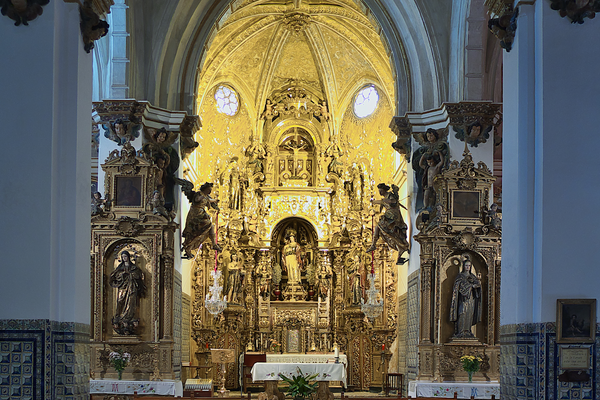



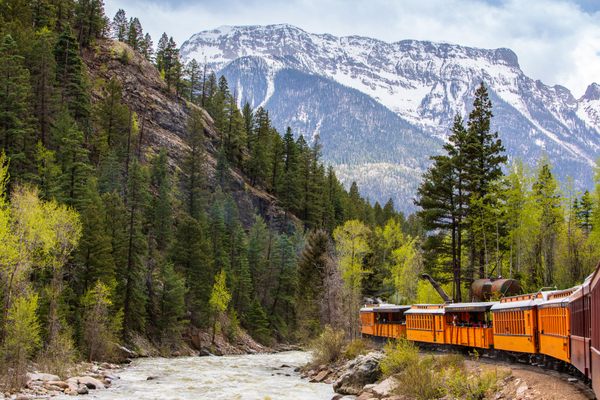

















Follow us on Twitter to get the latest on the world's hidden wonders.
Like us on Facebook to get the latest on the world's hidden wonders.
Follow us on Twitter Like us on Facebook